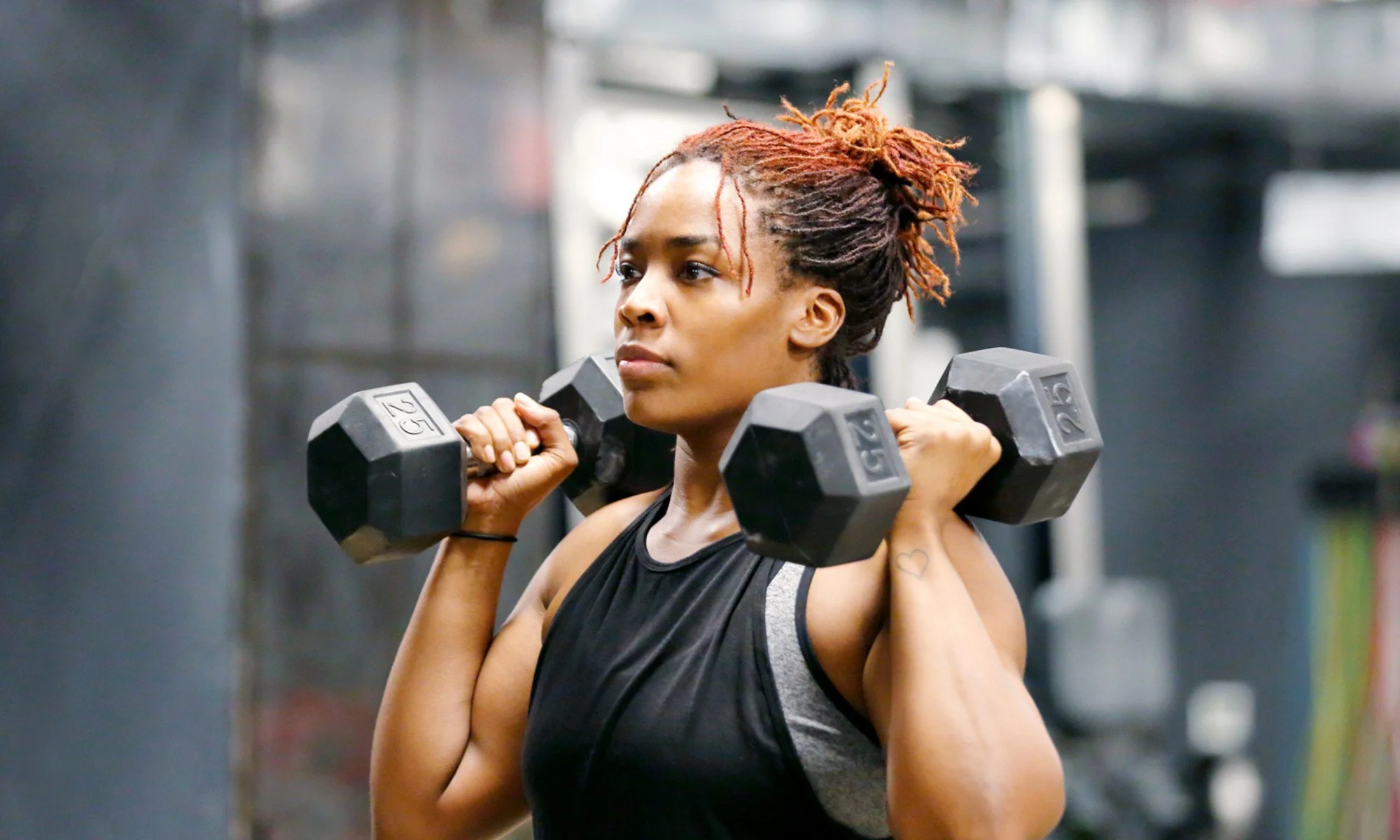As an osteopath deeply passionate about movement, strength, and helping people age with vitality, I see it every day: muscle matters far more than most people realise — especially in our 30s, 40s, 50s, and beyond.
If you're navigating midlife, perimenopause, menopause, or post-menopause, building and maintaining muscle is one of the most powerful investments you can make in your long-term health, energy, and independence.
Muscle isn’t just about looking toned or being “fit.” It’s central to how we move, age, think, sleep, and feel. It stabilises our joints, fuels our metabolism, balances our hormones, protects our heart, sharpens our brain, and supports our emotional health. Most importantly, muscle keeps us capable, confident, and independent as we grow older.
Let’s explore why muscle is foundational to healthy ageing, vitality, and longevity.
1. Muscle Protects Your Bones
From midlife onward, bone density begins to decline naturally — a condition known as osteopenia, which can lead to osteoporosis. Muscle plays a vital role in preventing this process. Strength training applies mechanical stress to bones, encouraging them to adapt and stay strong. This helps prevent fractures and frailty later in life. Women, in particular, experience accelerated bone loss during and after menopause — making muscle-building work essential for lifelong skeletal strength.
2. Muscle Fuels Your Metabolism
Muscle is metabolically active, meaning it burns calories and supports energy regulation even at rest. As we age and our hormones shift, metabolism often slows, leading to stubborn fat gain and blood sugar imbalances. More muscle improves insulin sensitivity, helps regulate blood glucose, and supports a leaner, more energised body. It also enhances metabolic flexibility — the ability to burn both fat and carbohydrates efficiently — which becomes especially important during perimenopause and menopause.
3. Muscle Reduces Injury Risk
Muscle acts like a protective shield for your joints, ligaments, and spine. It improves posture, coordination, and joint stability — all of which reduce the risk of falls and injuries. Resistance training also strengthens tendons and connective tissues, enhancing body awareness and balance. As proprioception naturally declines with age, building muscle becomes essential to help you stay active, pain-free, and resilient.
4. Muscle Supports Brain Health & Mood
Strength training is as powerful for the brain as it is for the body. It stimulates the release of brain-derived neurotrophic factor (BDNF), which helps grow and protect brain cells. Research shows that people who engage in regular resistance training enjoy better memory, mental clarity, and lower risk of dementia and Alzheimer’s disease. Strength work also elevates mood, reduces anxiety and depression, and supports emotional resilience — especially valuable during hormonal transitions.
5. Muscle Protects Your Heart
Muscle mass is directly linked to cardiovascular health. People with more muscle tend to have healthier blood pressure, improved circulation, and lower inflammation. Resistance training can improve cholesterol levels and reduce markers for heart disease. A strong, active body supports a strong, efficient heart — making muscle-building a powerful tool for cardiovascular protection in midlife and beyond.
6. Muscle Improves Sleep Quality
Sleep disturbances are common in midlife, often tied to stress, hormonal shifts, or nervous system dysregulation. Strength training has been shown to enhance both the quality and depth of sleep. It helps regulate cortisol (the body’s main stress hormone), supports natural circadian rhythms, and promotes more restorative rest. Better sleep means better recovery, energy, mood, and immune health.
7. Muscle Preserves Independence
Maintaining muscle is key to staying mobile and independent in later life. Everyday tasks like rising from a chair, climbing stairs, or carrying groceries all rely on muscular strength. Without it, age-related muscle loss (sarcopenia) can limit mobility and lead to dependence on others. Building strength now ensures you can move freely, care for yourself, and continue living life on your own terms — well into older age.
What Does This Mean for You?
If you’re in midlife or beyond and haven’t yet prioritised muscle, now is the time. It’s never too late to start, and you don’t need to be an athlete or lift massive weights. What matters is consistency, progression, and a program tailored to your unique needs.
Smart, sustainable, and functional strength training — ideally guided by someone who understands midlife physiology — can be life-changing. When combined with proper recovery, nutrition, and nervous system support, it becomes a cornerstone of vibrant ageing.
At my clinic, I support people at every stage of life to move better, lift confidently, and build lasting strength. Whether you’re recovering from injury, navigating hormonal changes, or simply ready to feel more empowered in your body — I’m here to help.
Let’s train not just for today, but for a future full of freedom, energy, and vitality.
Your future self will thank you.






